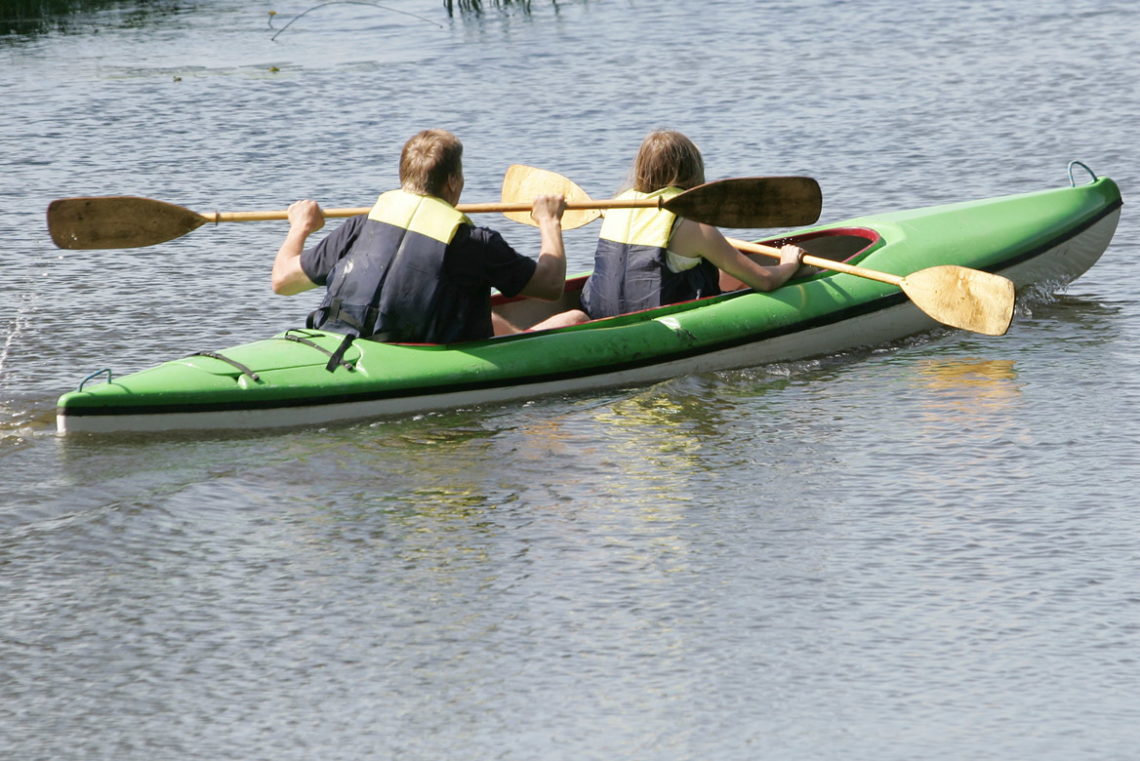Travelers along US 158 will cross the famous Chesapeake and Albemarle Canal en route to the Outer Banks. This historic waterway, which was conceived more than two centuries ago, continues to be a useful route for commercial and leisure mariners who are passing through Currituck County.
History
The following timeline provides a brief overview of the Chesapeake and Albemarle Canal's lifespan to date.
- 1772 - The concept of the Chesapeake and Albemarle Canal is first proposed to the Virginia General Assembly. The project would be proposed to both Virginia and North Carolina governments more than 10 times in the decades that follow
- 1787 - The Chesapeake and Albemarle Canal's competitor, the Dismal Swamp Canal, opens for maritime traffic
- 1856 - Construction begins on the canal after technology has had a chance to catch up with the steam power required for the project. Nine "Iron Titans" start carving out trees and trucks to create the line of navigation
- 1859 - The canal is completed, and becomes a heralded engineering marvel. The new route is effectively two canals which are 30 miles apart, and includes a "Virginia Section" which connects the Elizabeth River with the North Landing River and a "North Carolina Section" which connects the Currituck Sound with the North River
- Late 1800s and early 1900s - Maritime traffic gradually shifts to the new Chesapeake and Albemarle Canal, leaving the Great Dismal Canal relatively obsolete.
- 1899 - Great Dismal Swamp canal is renovated at the cost of more than a million dollars. Traffic increases slightly.
- 1913 - The United States Government decides to purchase the Albemarle and Chesapeake over the Great Dismal Swamp Canal.
- 1929 - The US government purchases the Great Dismal Swamp Canal as well - not out of necessity, but more as an act of "fairness."
- 1940s - The Intracoastal Waterway and the Chesapeake and Albemarle Canal becomes vital to the US government as a safe route for carrying cargo, as it is protected from the German U-Boats that lurk offshore.
- 1960s to Today - The Chesapeake and Albemarle Canal is the preferred route for commercial traffic as well as motorboats and sailing vessels that are passing through the regions. Small marinas are established along the route in Coinjock for recreational users.
Accessing the Chesapeake and Albemarle Canal
The best way to access this historic canal is via the small town of Coinjock, which is home to two local marinas - the Midway Marina and Motel and the Coinjock Marina. A public boat launch is located in Coinjock as well.
Via the Chesapeake and Albemarle Canal, mariners can cruise the North River as well as the Currituck Sound's Coinjock Bay. The barrier Island Currituck Beaches, as well as the Mackay Island National Wildlife Refuge, are also located between 4-8 miles away from the eastern entrance to the North Carolina section of the canal.
Quick Facts about Chesapeake and Albemarle Canal
- The Chesapeake and Albemarle Canal was added to the National Register of Historic Places in 2003.
- The canal has always been a popular route for commercial vessels and shipping. Between 1970 and 1979, commerce on the canal portion of the ICW averaged about 1.4 million tons annually.
- The North Carolina Cut of the Chesapeake and Albemarle Canal, which connects the sound with the North River, is just 5.5 miles long.
- Although the "cuts" in Virginia and North Carolina comprise of just 14 miles total, the canal itself - which flows through the North Landing River and the Currituck Sound - is about 200 miles long.
- The Chesapeake and Albemarle Canal has an average depth of just 8' feet
- Mariners can stop at the two marinas in Coinjock for a waterfront meal on the ICW at the Coinjock Marina's restaurant, or an overnight stay at the Midway Motel and Marina.
- The best way to travel the canal is via a sailboat or motorized vessel. Kayaks and smaller watercraft are allowed, but will have to contend with much larger vessels
- For a quieter trek with less traffic, head to the Great Dismal Swamp Canal, which is almost solely used by recreational - not commercial - vessels.
- For a fun overnight trip, check out Elizabeth City, which is located northwest of Currituck County. The area offers a wealth of B&Bs, restaurants, and charming museums and historic sites.
Brindley Beach Vacations offers premier real estate and property management services on the entire Outer Banks. Representing more than 600 vacation rental homes, Brindley Beach caters to all regions from the south beaches of Hatteras Island, Frisco...
Gray’s Outer Banks Lifestyle Clothing Company offers the absolute best in Outer Banks T-shirts and Sweatshirts including Champion, Under Armour with "Outer Banks” and Gear! We carry quality fashions and accessories for the whole family...
Twiddy & Company is here to provide all the help and southern hospitality you've come to anticipate when planning your beach vacation. We invite you to let us share our unique understanding of this coastal landscape; unlike any place in the...
Corolla Wild Horse Tours knowledgeable guides will ensure you and your family have a great wild horse tour! Along the way the guides will stop and point out interesting sites and local history and details of the Corolla Wild Horses history. Be sure...




